Home>Furniture & Design>Outdoor Furniture>How To Build An Outdoor Gun Range


Outdoor Furniture
How To Build An Outdoor Gun Range
Modified: August 27, 2024
Learn how to create the perfect outdoor gun range with our expert tips and outdoor furniture designs. Build your dream shooting range today!
(Many of the links in this article redirect to a specific reviewed product. Your purchase of these products through affiliate links helps to generate commission for Storables.com, at no extra cost. Learn more)
Introduction
Creating an outdoor gun range can be an exciting and rewarding project for firearms enthusiasts and shooting aficionados. Whether you're a seasoned marksman or a newcomer to the world of shooting sports, having a dedicated space for honing your skills and enjoying your passion for firearms can be immensely fulfilling. However, building an outdoor gun range requires careful planning, adherence to regulations, and a strong commitment to safety. In this comprehensive guide, we will walk you through the essential steps and considerations involved in constructing a safe, functional, and enjoyable outdoor gun range. From selecting the ideal location to obtaining the necessary permits, designing the layout, ensuring compliance with safety regulations, and choosing the right equipment and targets, this guide will provide you with the knowledge and insights needed to embark on this endeavor with confidence. Whether you're a private landowner looking to build a personal shooting range or a club seeking to establish a community facility, the following sections will equip you with the information and guidance necessary to bring your outdoor gun range vision to life. Let's dive in and explore the crucial aspects of creating an outdoor gun range that promotes safety, skill development, and responsible firearms use.
Key Takeaways:
- Building an outdoor gun range requires careful planning, permits, and safety measures. It’s a fulfilling project, but it’s crucial to prioritize location, regulations, and equipment selection for a safe and enjoyable shooting experience.
- To build a safe and enjoyable outdoor gun range, prioritize location, permits, safety measures, and equipment selection. Careful planning and adherence to regulations are essential for a successful project.
Read more: How To Build Gun Cabinet
Choosing the Right Location
When it comes to building an outdoor gun range, selecting the appropriate location is paramount. The chosen site should offer ample space for shooting activities while prioritizing safety and minimizing the impact on the surrounding environment and community. Here are some key considerations to keep in mind:
- Accessibility: Opt for a location that is easily accessible to the intended users. Consider proximity to urban areas, transportation routes, and parking facilities to ensure convenience for participants.
- Topography and Natural Barriers: Assess the topography of the land to identify natural barriers such as hills, dense foliage, or bodies of water that can act as effective backstops to contain projectiles and enhance safety.
- Zoning and Legal Restrictions: Research local zoning laws, ordinances, and regulations related to outdoor shooting ranges. Ensure that the chosen location complies with all legal requirements and environmental regulations.
- Distance from Residential Areas: Prioritize a site that is situated at a safe distance from residential neighborhoods and public spaces to minimize noise disturbances and ensure the safety of nearby communities.
- Environmental Impact: Conduct an environmental impact assessment to evaluate the potential effects of the gun range on the surrounding ecosystem. Preserve natural habitats, wildlife corridors, and water sources by choosing a location that minimizes ecological disruption.
By carefully evaluating these factors, you can identify a suitable location that aligns with safety standards, legal regulations, and environmental stewardship. The next step involves obtaining the necessary permits and clearances to proceed with the development of the outdoor gun range.
Obtaining Necessary Permits and Clearances
Before breaking ground on an outdoor gun range, it is essential to navigate the regulatory landscape and secure the required permits and clearances. This process involves engaging with local authorities, obtaining official approvals, and demonstrating compliance with safety and environmental standards. Here’s a step-by-step overview of the permit acquisition journey:
- Research and Consultation: Begin by researching the specific permits and clearances needed for establishing an outdoor gun range in your locality. Consult with zoning boards, environmental agencies, and relevant governmental bodies to gain a comprehensive understanding of the regulatory requirements.
- Permit Applications: Prepare and submit permit applications for land use, environmental impact assessments, noise abatement measures, and any other permits mandated by local laws. Be diligent in providing accurate details and adhering to the stipulated guidelines.
- Engage with the Community: Foster open communication with the surrounding community to address any concerns and garner support for the proposed gun range. Transparency and proactive engagement can help build goodwill and alleviate potential objections.
- Environmental Compliance: Demonstrate a commitment to environmental stewardship by outlining measures to mitigate lead contamination, manage waste, and minimize ecological impact. Implementing sound environmental practices can bolster your case for permit approval.
- Safety Protocols and Risk Mitigation: Clearly outline the safety protocols, range rules, and risk mitigation strategies that will be implemented to ensure the safe operation of the gun range. Emphasize the measures taken to prevent accidents and protect public safety.
- Professional Guidance: Consider seeking the expertise of legal professionals, environmental consultants, and land-use planning specialists to navigate the intricacies of permit acquisition. Their insights can streamline the process and enhance the credibility of your permit applications.
By diligently following these steps and engaging in proactive dialogue with regulatory authorities and the local community, you can pave the way for obtaining the necessary permits and clearances to move forward with the development of your outdoor gun range. With the regulatory groundwork in place, the next phase involves designing the layout and structure of the gun range to optimize functionality and safety.
Designing the Layout and Structure
Creating a well-conceived layout and structure for your outdoor gun range is pivotal in ensuring a safe, efficient, and enjoyable shooting environment. The design phase encompasses a range of considerations, from target placement to backstop construction, that collectively contribute to the functionality and safety of the facility. Here are essential aspects to address when designing the layout and structure of your gun range:
- Shooting Bays and Firing Lines: Determine the number and configuration of shooting bays and firing lines based on anticipated usage and safety protocols. Adequate spacing and clear demarcation of shooting areas are crucial for preventing accidents and promoting organized shooting activities.
- Target Placement and Retrieval: Strategically position target stands or systems to accommodate various shooting disciplines and distances. Incorporate designated areas for target setup and retrieval to facilitate smooth operations and minimize downtime between shooting sessions.
- Backstop and Bullet Traps: Construct a robust backstop system that effectively contains and absorbs projectiles, preventing errant shots from leaving the range. Implement appropriate bullet traps and impact barriers to enhance safety and minimize environmental impact.
- Ammunition Storage and Handling: Allocate secure storage facilities for ammunition and implement strict protocols for safe handling and usage. Adhere to regulations governing the storage of explosives and hazardous materials to uphold safety standards.
- Facility Accessibility and Amenities: Ensure that the gun range is accessible to individuals with diverse needs and abilities. Incorporate amenities such as restrooms, seating areas, and shade structures to enhance the comfort and convenience of range users.
- Signage and Safety Features: Install clear and conspicuous signage outlining range rules, safety guidelines, and emergency procedures. Integrate safety features such as first aid stations, fire extinguishers, and communication devices to address unforeseen incidents.
By meticulously addressing these design elements, you can create a well-organized and secure outdoor gun range that caters to the needs of shooters while prioritizing safety and operational efficiency. With the layout and structure in place, the next critical step involves implementing stringent safety measures and adhering to regulatory standards to uphold the integrity of the gun range.
Before building an outdoor gun range, check local laws and regulations. Make sure the area is large enough and has a suitable backdrop for safety. Always prioritize safety measures and consider environmental impact.
Safety Measures and Regulations
Ensuring the safety of all individuals utilizing the outdoor gun range is a foundational priority that demands meticulous planning, adherence to regulations, and the implementation of comprehensive safety measures. By establishing stringent protocols and aligning with industry standards, you can create a secure and responsible shooting environment. Here are key safety considerations and regulatory guidelines to uphold:
- Range Rules and Orientation: Develop and communicate clear range rules and safety guidelines to all users. Conduct mandatory safety orientations to familiarize participants with range protocols, emergency procedures, and safe firearms handling practices.
- Firearm Handling and Supervision: Enforce strict supervision of firearm handling, particularly for novice shooters and individuals undergoing training. Designate qualified Range Safety Officers to oversee shooting activities and intervene in case of safety breaches.
- Personal Protective Equipment: Mandate the use of appropriate personal protective equipment, including eye and ear protection, to safeguard participants from potential hazards such as ricochets and noise exposure.
- Firearm Storage and Transport: Establish secure firearm storage areas and enforce regulations governing the transport of firearms within the range premises. Emphasize safe handling practices and the prevention of unauthorized access to firearms.
- Emergency Response Preparedness: Develop and rehearse emergency response protocols, including medical emergencies, fires, and severe weather events. Ensure the availability of first aid supplies and establish communication channels for summoning emergency assistance.
- Compliance with Regulatory Standards: Adhere to local, state, and federal regulations governing outdoor shooting ranges, encompassing noise levels, lead management, environmental impact, and public safety requirements. Regularly review and update range operations to maintain compliance with evolving standards.
By rigorously implementing these safety measures and aligning with regulatory mandates, you can cultivate a culture of responsible firearms usage and mitigate potential risks within the outdoor gun range. Prioritizing safety not only safeguards the well-being of participants but also fosters a positive reputation for the facility within the shooting community and beyond. In conjunction with safety protocols, the selection of appropriate equipment and targets plays a pivotal role in optimizing the shooting experience at the gun range.
Read more: How Do I Build An Outdoor Shooting Range
Selecting the Right Equipment and Targets
Choosing suitable equipment and targets is instrumental in enhancing the functionality, versatility, and enjoyment of an outdoor gun range. From firearms and shooting accessories to an array of target options, thoughtful selection and maintenance of these components contribute to a fulfilling shooting experience. Here’s a comprehensive overview of the key considerations when selecting equipment and targets for your gun range:
- Firearms and Ammunition: Provide a diverse selection of firearms catering to various shooting disciplines, skill levels, and preferences. Ensure the availability of quality ammunition suitable for the range’s layout and regulations, encompassing rifle, pistol, and shotgun cartridges.
- Shooting Accessories: Offer a range of shooting accessories such as ear and eye protection, firearm cleaning supplies, shooting rests, and protective gear. Facilitate the convenience of purchasing or renting essential accessories for a safe and comfortable shooting experience.
- Target Systems: Install versatile target systems that accommodate static, moving, and interactive targets to accommodate a wide range of shooting activities. Consider steel targets, paper targets, silhouette targets, and reactive targets to cater to diverse preferences and training objectives.
- Target Backing and Stands: Implement sturdy target backing and stands that withstand the impact of projectiles and facilitate easy setup and retrieval of targets. Durable and weather-resistant materials are essential for prolonged use and maintenance of the shooting range.
- Electronic Scoring and Feedback Systems: Integrate electronic scoring and feedback systems to enhance the shooting experience and provide instant performance feedback to participants. These systems add an interactive and competitive dimension to shooting activities, fostering engagement and skill development.
- Range Maintenance Equipment: Equip the range with maintenance tools and equipment for regular upkeep, including target staplers, range rakes, and lead collection systems. Prioritize the cleanliness and functionality of the range to ensure a safe and enjoyable environment for all users.
By thoughtfully curating a diverse and well-maintained inventory of equipment and targets, you can cater to the needs and preferences of shooters while fostering skill development and recreational enjoyment. Additionally, proactive maintenance and upkeep of the gun range are essential to preserve its functionality and safety standards over time.
Maintenance and Upkeep of the Gun Range
Ensuring the ongoing maintenance and upkeep of the outdoor gun range is essential for preserving its safety, functionality, and visual appeal. Regular maintenance practices, adherence to environmental guidelines, and proactive measures contribute to the longevity and positive user experience of the facility. Here’s a comprehensive overview of the key aspects of maintenance and upkeep for your gun range:
- Range Inspection and Cleaning: Conduct routine inspections of the range to identify and address any safety hazards, structural wear, or environmental concerns. Implement a regular cleaning schedule to remove debris, spent casings, and litter to maintain a tidy and safe shooting environment.
- Lead Management and Containment: Implement lead management practices to mitigate the accumulation of lead from ammunition. Regularly collect and dispose of lead-contaminated materials, such as bullet fragments and soil, in accordance with environmental regulations to prevent lead dispersion.
- Target Replacement and Repair: Monitor the condition of targets, backstops, and stands, and promptly repair or replace damaged components to ensure their effectiveness and safety. Regularly assess the integrity of target systems to prevent potential hazards during shooting activities.
- Equipment Maintenance: Establish a maintenance schedule for firearms, shooting accessories, and electronic scoring systems to uphold their functionality and safety. Conduct regular inspections, cleaning, and servicing of equipment to prevent malfunctions and ensure optimal performance.
- Environmental Stewardship: Implement eco-friendly practices to minimize the environmental impact of the gun range. Utilize lead reclamation systems, erosion control measures, and sustainable waste management strategies to uphold environmental stewardship and regulatory compliance.
- User Feedback and Improvement: Solicit feedback from range users to identify areas for improvement and address any concerns related to facility maintenance and user experience. Engage in continuous improvement efforts to enhance the functionality and appeal of the gun range.
By prioritizing regular maintenance, environmental responsibility, and user feedback, you can uphold the safety, functionality, and environmental integrity of the outdoor gun range. A well-maintained facility not only fosters a positive shooting experience but also demonstrates a commitment to safety and responsible range management. With a comprehensive understanding of the maintenance practices, you can ensure that the gun range continues to serve as a safe and enjoyable venue for shooting enthusiasts.
Frequently Asked Questions about How To Build An Outdoor Gun Range
Was this page helpful?
At Storables.com, we guarantee accurate and reliable information. Our content, validated by Expert Board Contributors, is crafted following stringent Editorial Policies. We're committed to providing you with well-researched, expert-backed insights for all your informational needs.
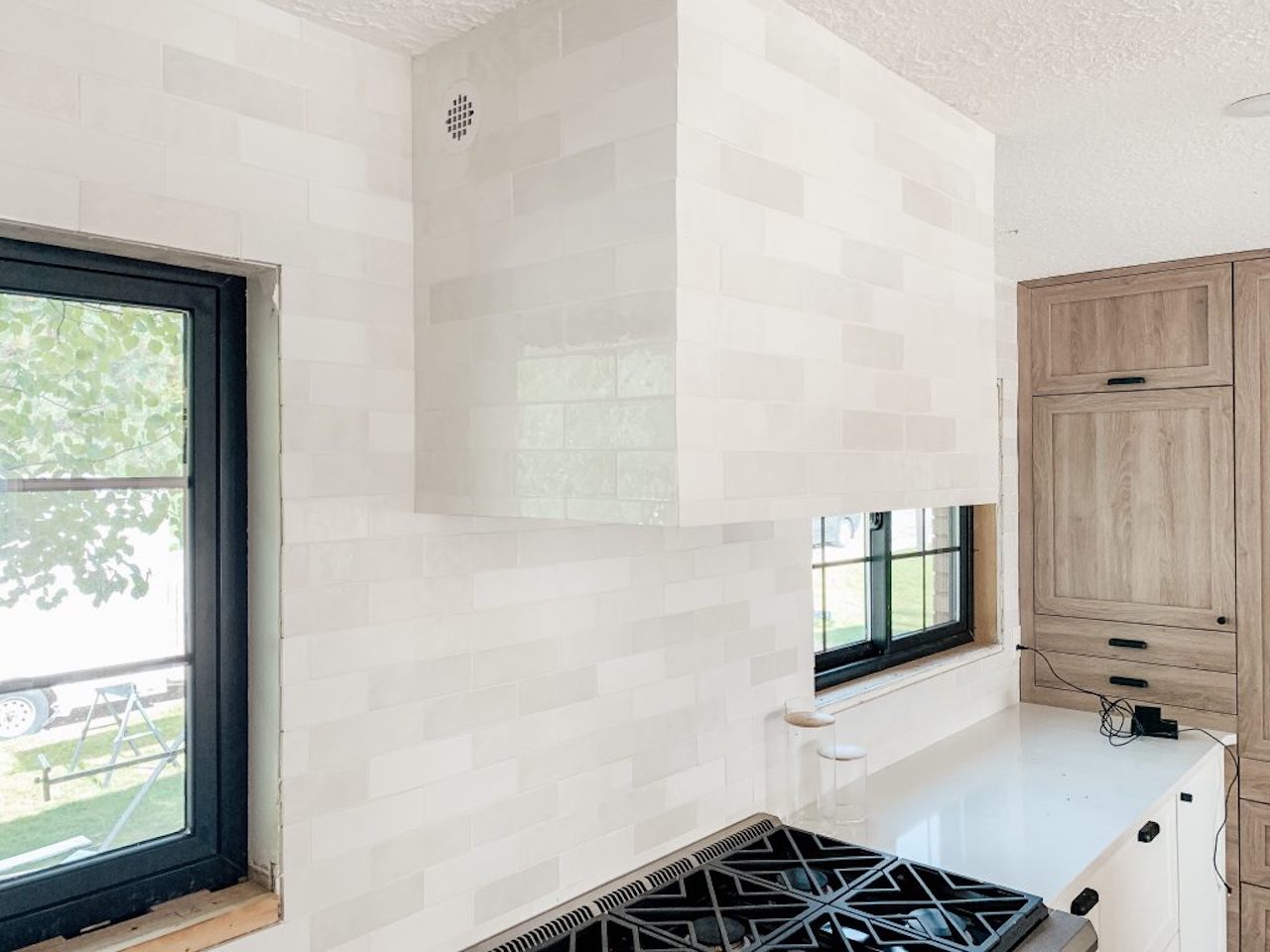

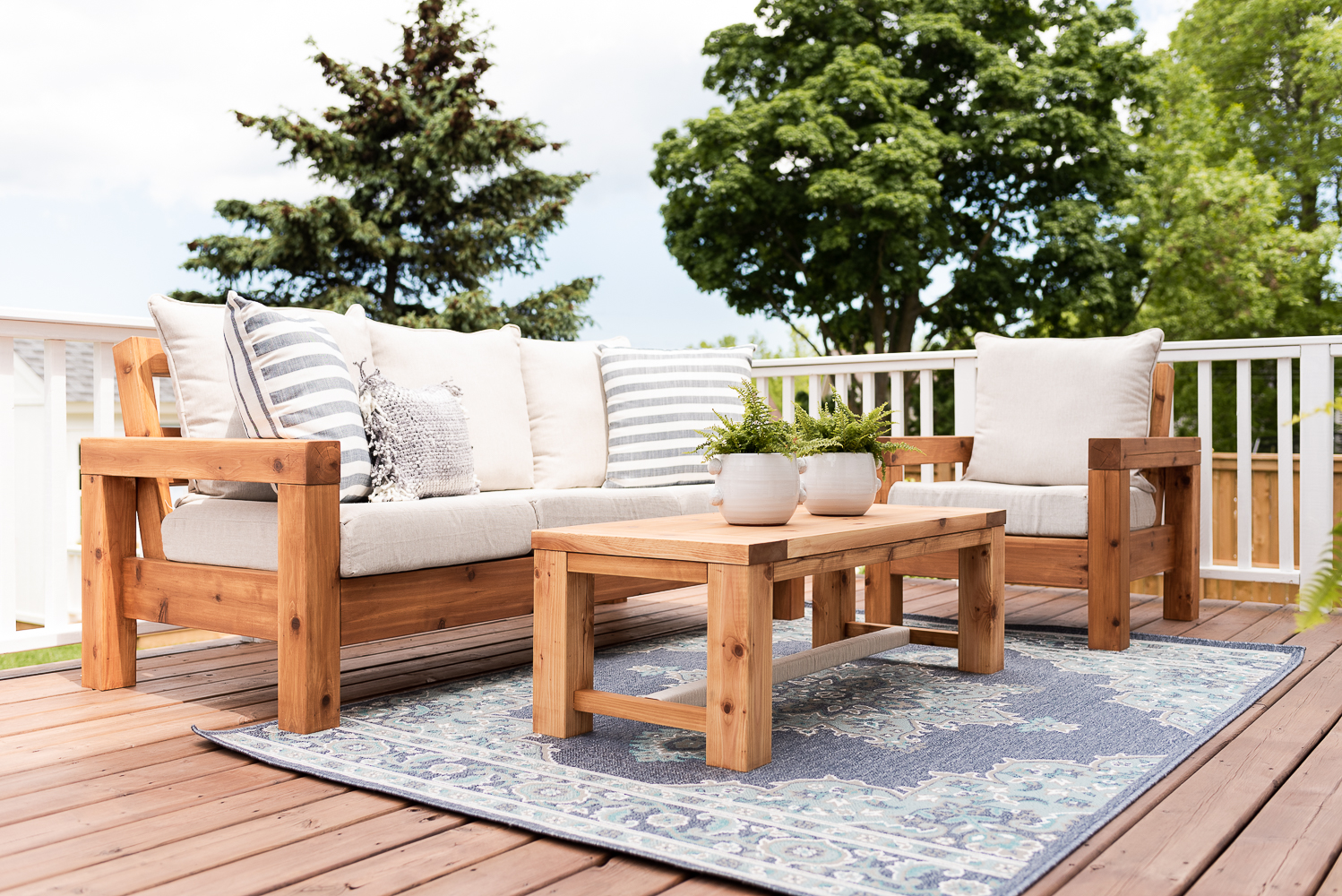
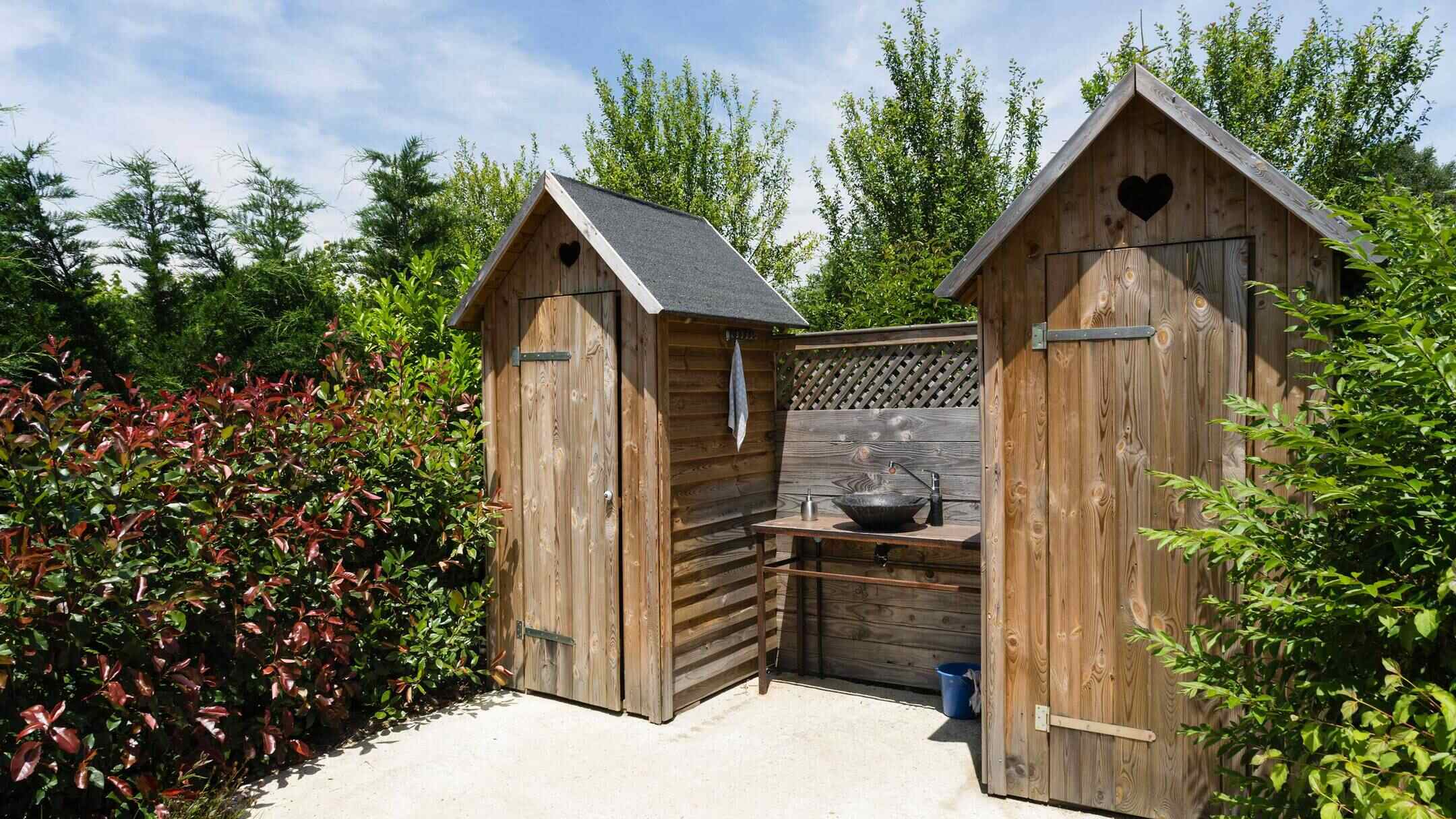
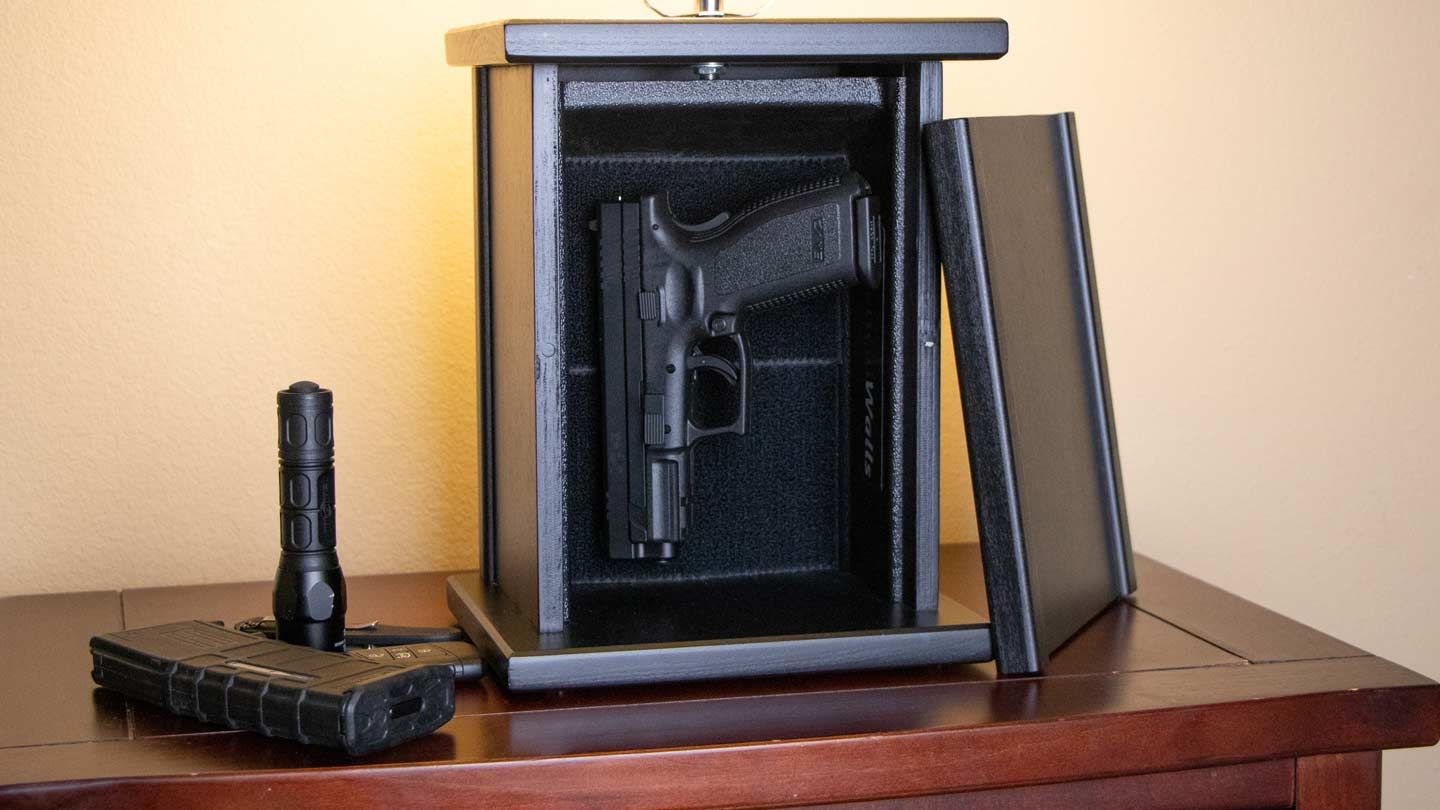

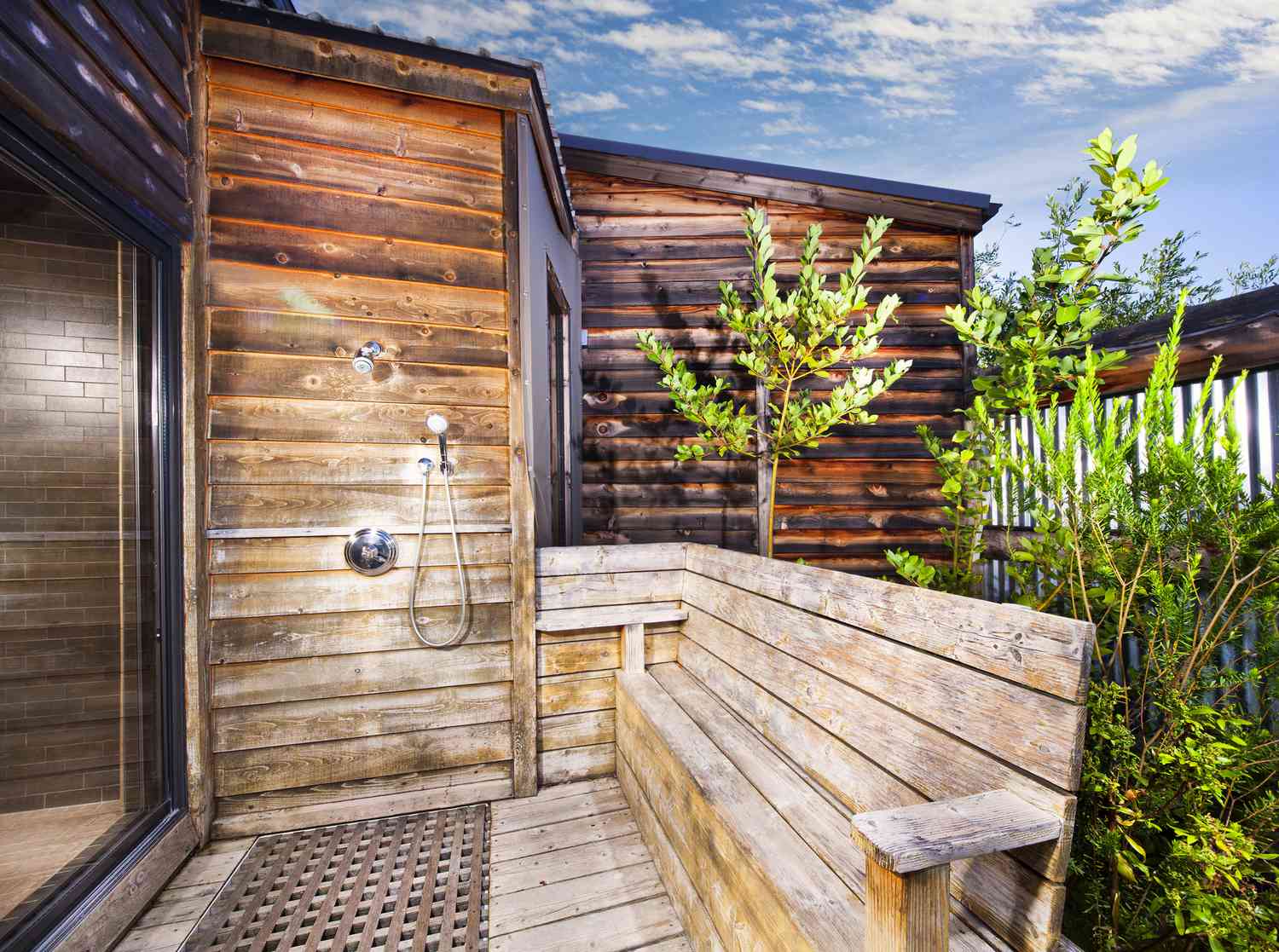

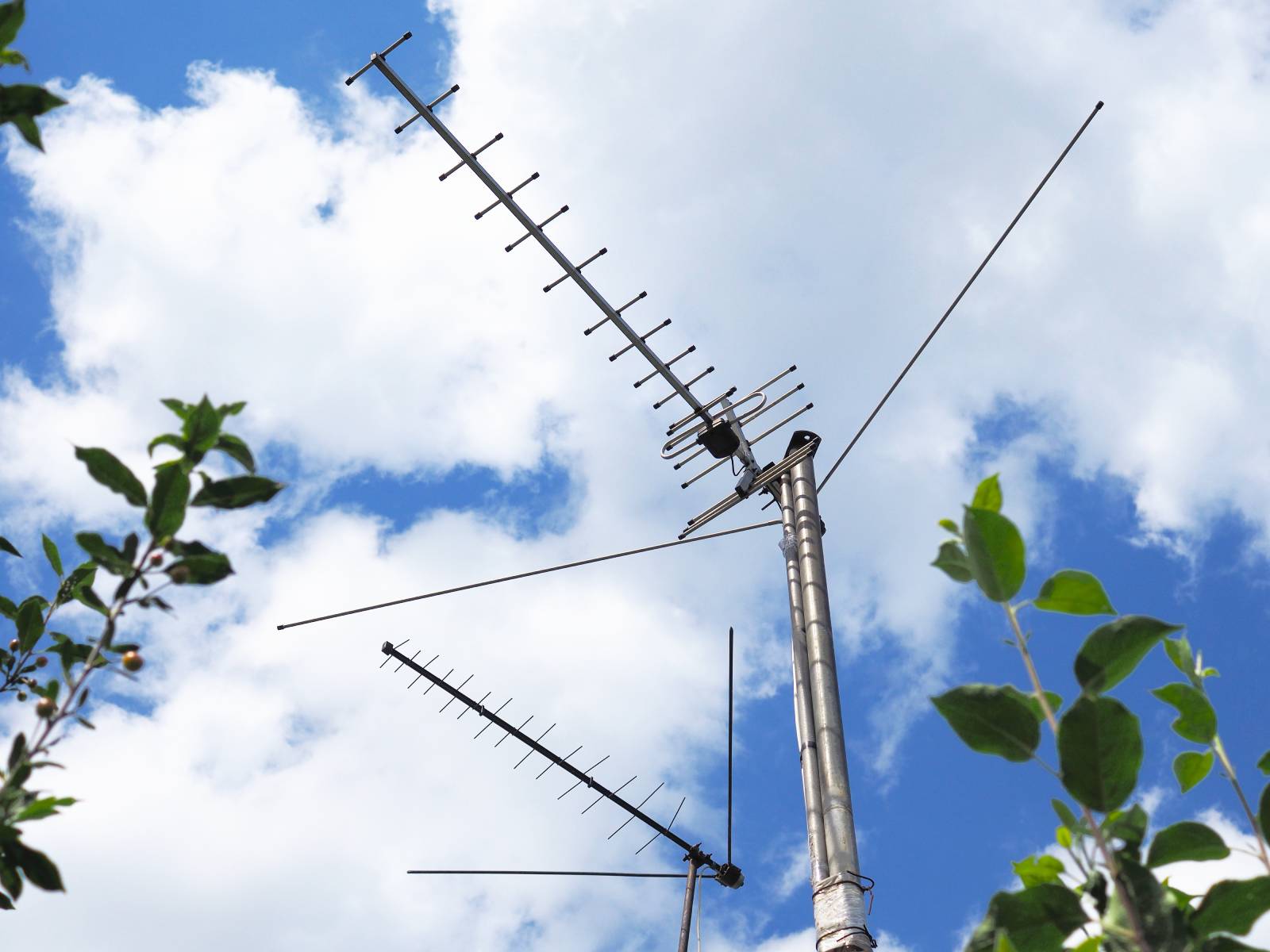
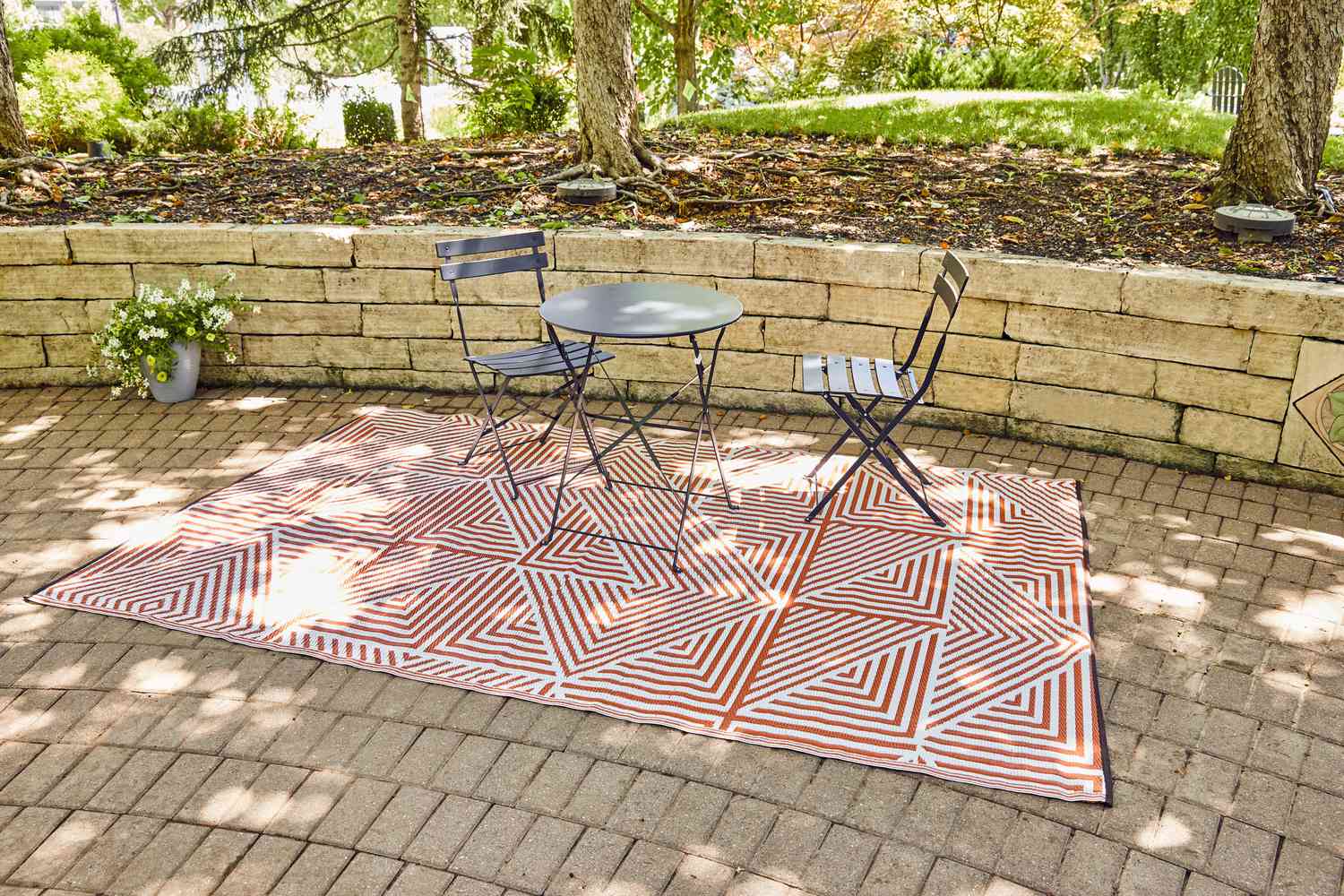
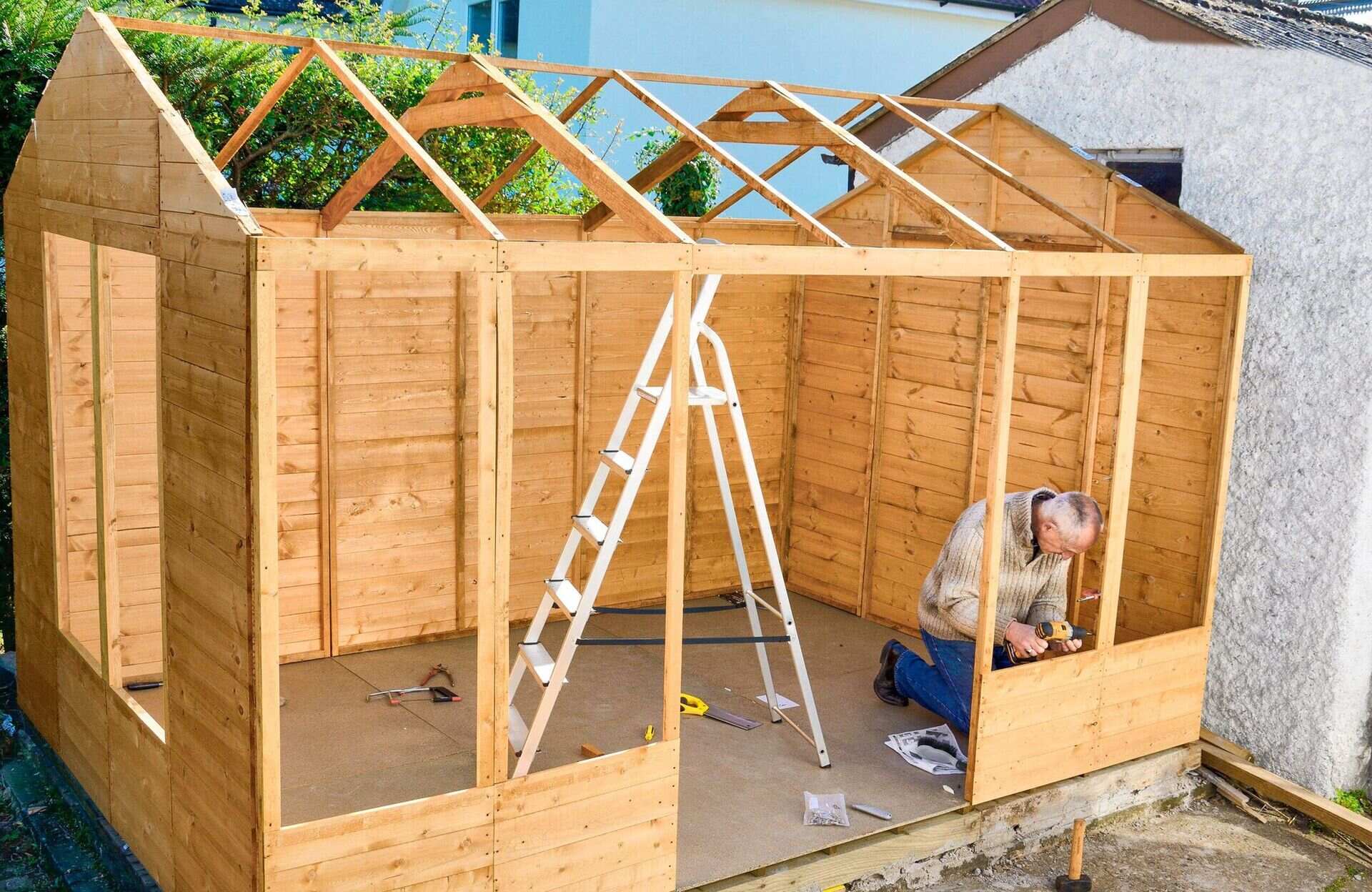
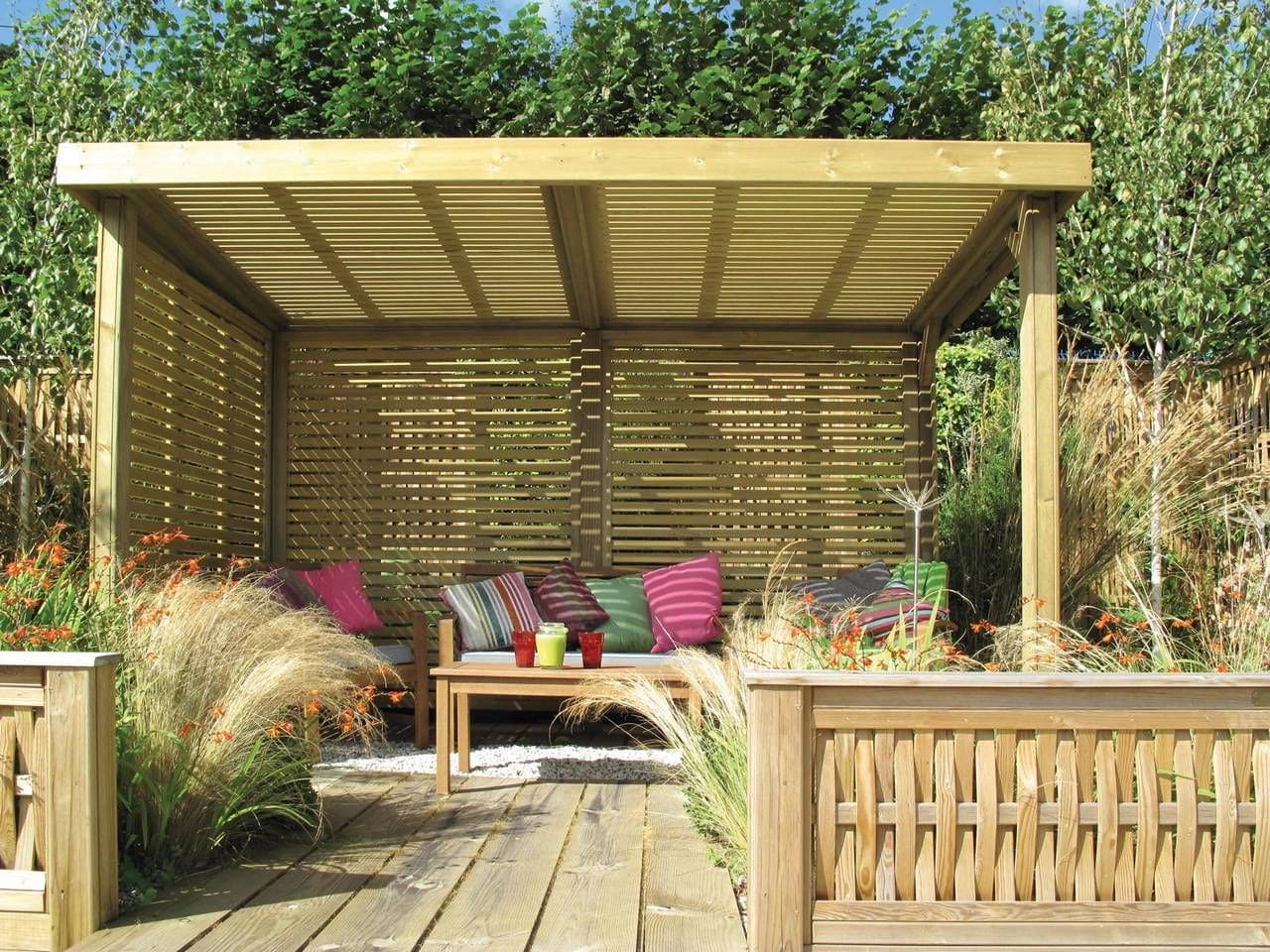
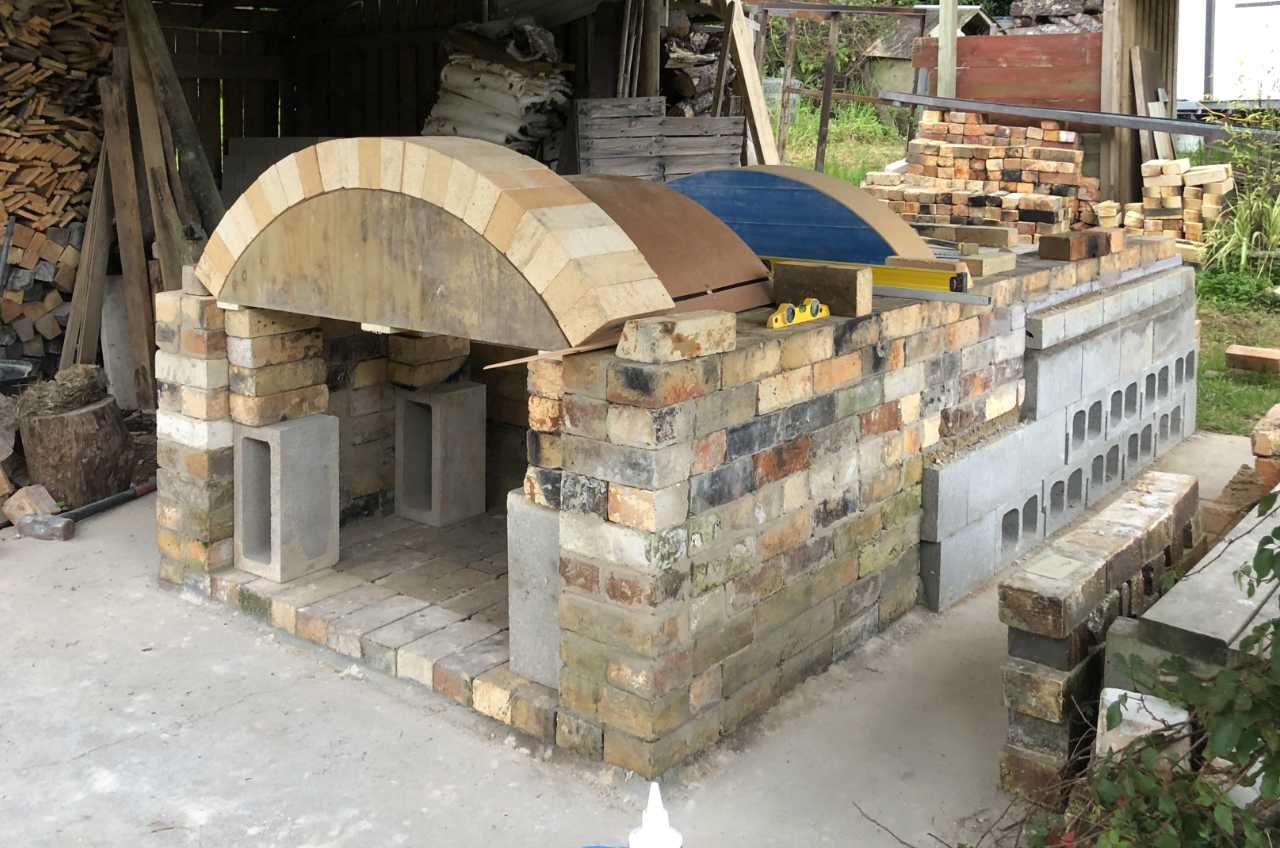
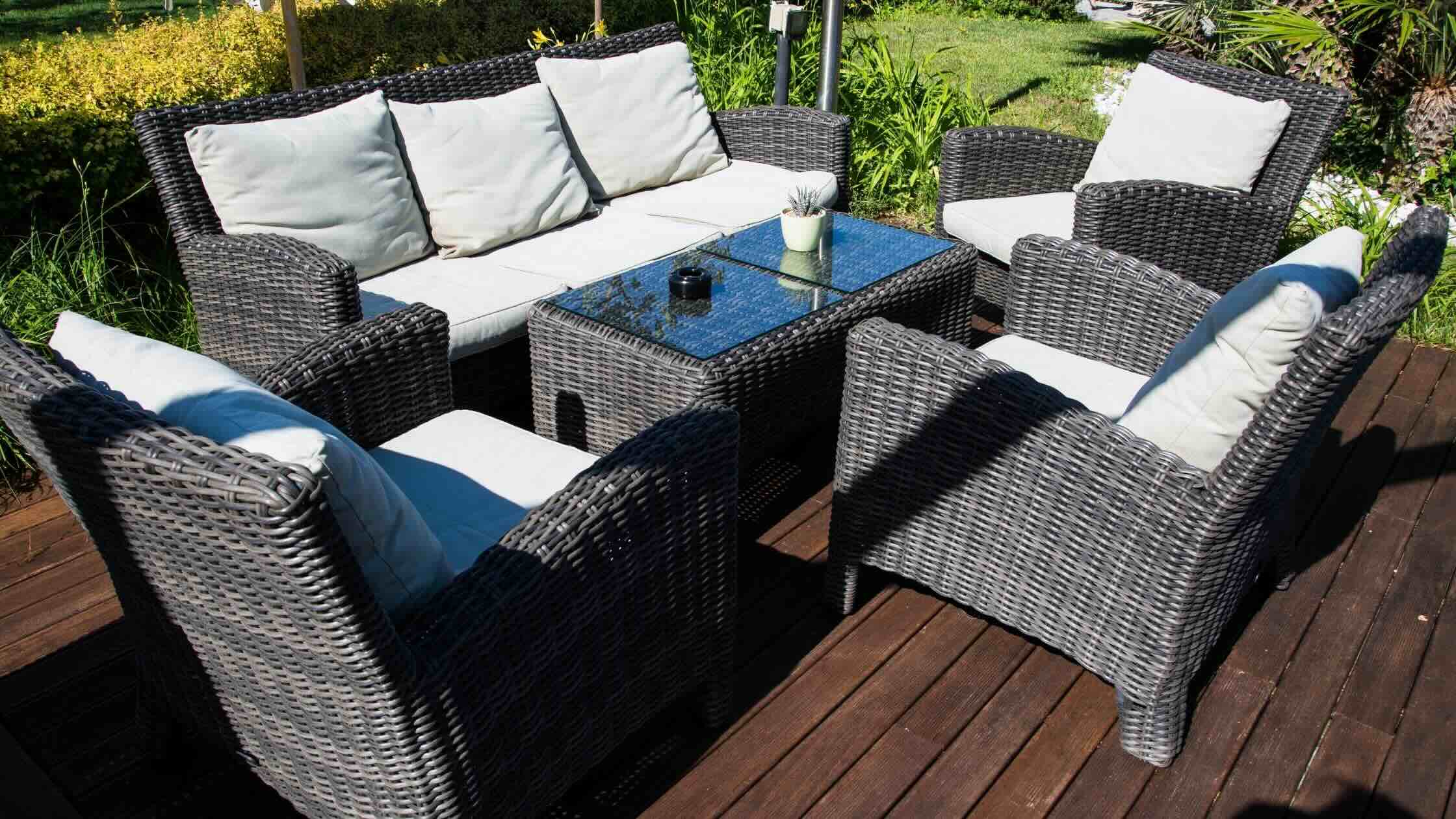

0 thoughts on “How To Build An Outdoor Gun Range”